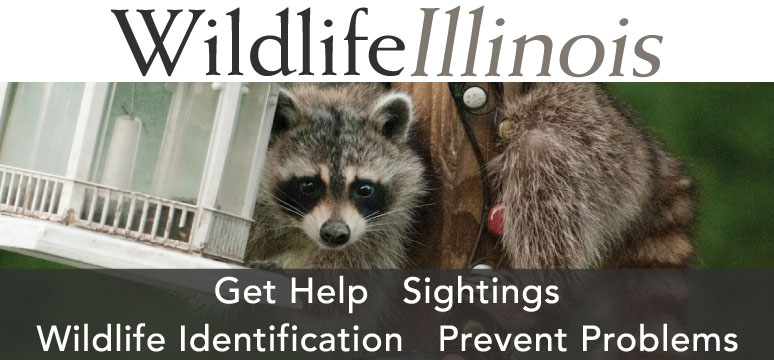
Feral swine in corral trap. Photo by USDA, Animal and Plant Health Inspection Services: Wildlife Services.



Feral swine in corral trap. Photo by USDA, Animal and Plant Health Inspection Services: Wildlife Services.
One of the biggest threats to global biodiversity is the impact of invasive species, which in Illinois Executive Order 13112 are defined as “an alien species whose introduction does or is likely to cause economic or environmental harm or harm to human health.” Invasive species cost the United States more than $120 billion in damages every year. Some of the most well-known examples of invasive wildlife species are feral cats, European starlings, Burmese python, nutria and feral swine.
“Feral swine? But they’re so cool, and there are TV shows about how you can hunt them! I want to hunt them! We need them in Illinois!”
Wrong.
True wild pigs (Suidae), including domestic pigs, are considered exotic in the U.S. and, depending on the circumstances, can be considered an invasive species. Feral swine (Sus scrofa), for example, have originated from varieties of introduced domestic swine, Eurasian wild boar and their hybrids.
Nationwide, feral swine annually cause more than $1.5 billion in damage and management costs. Extremely smart and with an omnivorous diet, their destructive rooting behaviors are detrimental to wildlife and wildlife habitat. Feral swine have a high reproduction rate, and can produce two litters a year with up to 10 piglets each time. Even worse, in Illinois feral swine have no natural predators, aside from humans.
The first reports of feral swine in the state came in 1993 from Union County Conservation Area and adjacent properties, and by the late 1990s the number of reports had increased. In 2005, the U.S. Department of Agriculture—Wildlife Services (WS) confirmed feral swine presence on private land in Fulton County. In 2009, WS worked with private landowners in Fulton and Johnson counties to remove feral swine, and in the same year, the Illinois Department of Natural Resources joined in the collaborative efforts to identify and eliminate populations of feral swine in Illinois.
To report feral swine, call the IDNR Division of Wildlife Resources at (815) 369-2414 or USDA-Wildlife Services at (866) 487-3297.
NEXT ISSUE: Targeting Feral Swine in Illinois: Part 2—Developing and Implementing a Feral Swine Management Plan
Mark Alessi is the Wildlife Chief in Illinois Department of Natural Resources.
Submit a question for the author